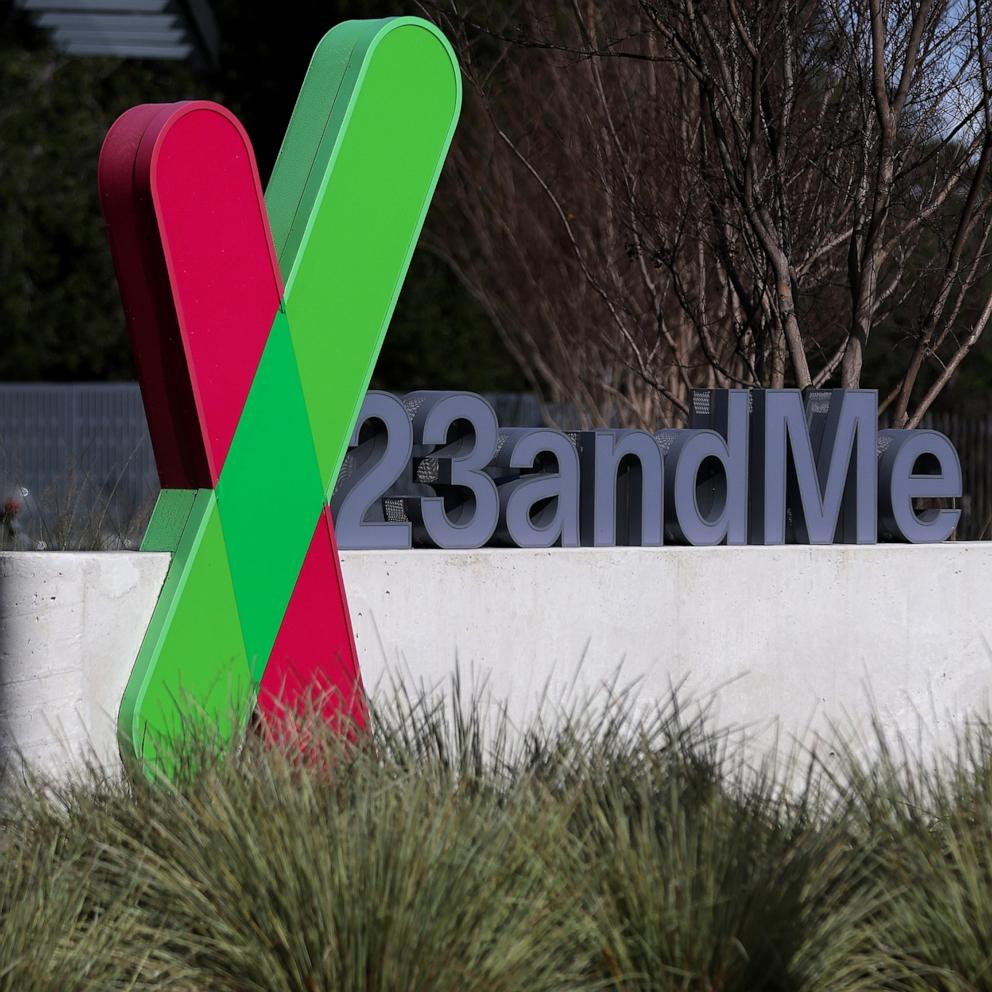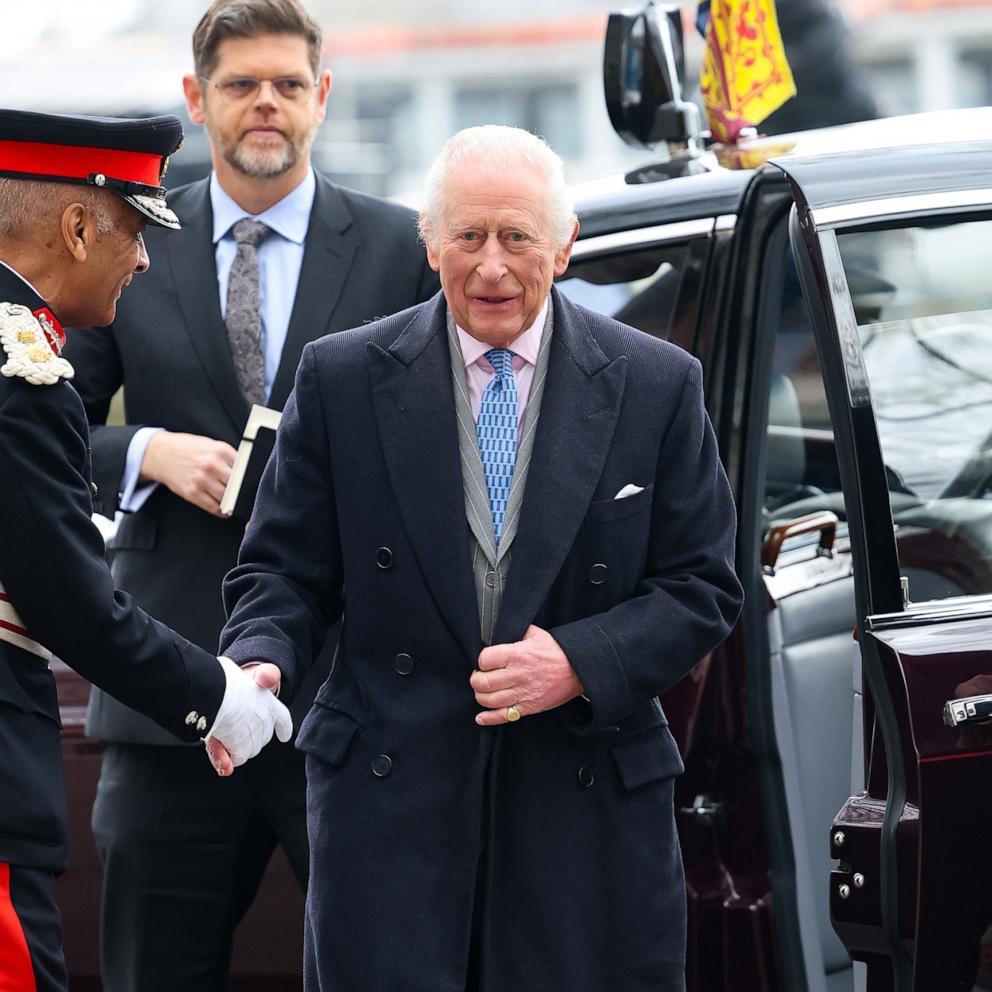What to expect from Trump's address to Congress

The president may be the chief executive of the United States, but in modern times that individual also often wears the hat of "chief legislator." That's never more the case than during the State of the Union address, when the president is constitutionally obligated to report to Congress on the state of the country and recommend policy measures that Congress should consider. Presidents traditionally use this speech to advance their agenda and push for new legislation, while also claiming credit for perceived successes.
On Tuesday, President Donald Trump will make the first such speech of his second term — technically a joint address to Congress and not a State of the Union, though it will receive the same type of coverage. The event comes just ahead of a key federal funding deadline on March 14, at which point the federal government will run out of money. Trump has called for the GOP-led Congress to adopt a stopgap funding measure to keep the government open, which could be his leading legislative request Tuesday night.
As for how his address will be received by the broader public, Trump will likely get some cheers from those watching, as past surveys suggest that viewers will be disproportionately Republican. But he also may encounter criticism, as presidential speeches like this increasingly encourage vocal expressions of partisan opposition amid a tense political atmosphere. And in a highly divided country, it's unlikely anything Trump says will dramatically shift public opinion.
More broadly, Trump's address could amplify larger questions about the power of the executive. In his opening weeks in office, Trump has attempted to dramatically reshape institutions, choosing to fire long-serving officials and appoint close allies to run governmental operations, sometimes in traditionally nonpartisan roles. He has challenged Congress's power of the purse by halting spending on programs he dislikes, most conspicuously via the Elon Musk-led Department of Government Efficiency. Considering Trump's rhetoric about presidential power and his tendency during his first term to make fewer legislative requests than most presidents in his addresses to Congress, it's an open question whether Trump will spend much time Tuesday on what he'd like Congress to do or mostly use his bully pulpit to highlight his executive agenda and accomplishments.
Will Trump ask Congress to do much?
The State of the Union speech — and similar joint addresses — are important because they serve as the most public expression of the president's aims, allowing them to highlight key challenges and measures to counter those challenges for both Congress and the public. As political scientists Donna Hoffman and Alison Howard have noted, the speech gives presidents "an opportunity to initiate and/or accelerate the discussion with Congress and the public about policy on which they seek to lead." Even as viewership has decreased amid a more fragmented media landscape, roughly 30 to 40 million people have usually watched the address since President Barack Obama's second term in office, per figures from Nielsen.
Yet Trump has begun his presidency with a flurry of executive activity that his supporters broadly back as a necessary shake-up of government — and his critics oppose as constitutional overreach. Trump signed a record number of executive orders in his opening weeks, including ones that prompted many federal departments to take down websites and datasets that could potentially violate Trump's directions. His creation of DOGE and its actions under the direction of Musk have raised constitutional questions, as Musk was not nominated and confirmed by the Senate to lead a federal agency. Moreover, cuts to programs and staff precipitated by Trump's administration challenge Congress's control of the government's purse strings by refusing to spend money allocated by law.
As such, Trump may not show much interest in asking Congress to take specific actions during his speech tomorrow. Plus, Trump already has a history of making fewer such asks than other modern presidents. During his first term, his addresses never surpassed 24 requests for congressional action, according to data collected by Hoffman and Howard. That mark ranked below the median of 31 asks per speech among all presidential addresses from 1965 to 2024.
By comparison, Trump's recent predecessors each issued more appeals for congressional action. Obama made at least 31 in half of his addresses, while President Joe Biden regularly surpassed that figure during his four years. President George W. Bush, the last Republican to hold the office before Trump, made at least 31 requests five times.
Granted, the act of making a request didn't mean Congress took action on it — especially if the other party held power, based on Hoffman and Howard's research. Since Lyndon Johnson made the first evening State of the Union address in 1965, presidents have achieved full or partial success on about 2 in 5 of congressional requests when their party had full control of government, while they've only seen success on around 1 in 3 requests under divided government. And from Obama's tenure to the present, the rate of success with divided government has fallen to 1 in 5.
While Trump may not ask Congress to do much, he will likely encourage it to take action in at least one area: funding the government. That's a task Congress will eventually have to do to keep the country running, but it's often easier said than done. Republicans in both the Senate and House are working on a longer-term budget plan, but in the meantime the government will run out of money in mid-March without some sort of short-term action. And while Republicans control the federal government, their narrow congressional majorities will necessitate at least some Democratic support, particularly in the Senate, to pass such a measure. In exchange, Democrats want to limit the administration's attempts to unilaterally block spending directed by Congress on certain programs. Republicans have balked at these efforts in a disagreement over executive powers, which could herald a government shutdown.
Increasingly partisan and unlikely to move public opinion
Regardless of how much Trump asks of Congress, there's a good chance the speech will feel at times like a campaign stop or pep rally. The address has evolved in that direction over time: During the 19th century, it was largely a written report on the activities of executive departments that also included budgetary and economic messages. In 1913, President Woodrow Wilson gave his address in person before Congress, a return to the approach used by Presidents George Washington and John Adams at the start of the country's history. President Harry Truman gave the first televised address in 1947, followed by Johnson's shift to an evening speech in 1965, expanding its reach to the public.
In the 1980s, we began to consistently see members of the president's party standing and clapping for many parts of the speech while the opposition party remained mostly seated and silent. In the late 2000s, presidential addresses to Congress started to include more outward clashes, including the infamous "You lie" shout by Republican Rep. Joe Wilson at Obama in 2009 (though that wasn't a State of the Union address). At his 2020 address, Trump refused to shake Speaker Nancy Pelosi's hand, House Republicans chanted "four more years" and Pelosi ripped up the text of Trump's speech after he finished speaking. And in 2024, House Republicans repeatedly interrupted Biden, prompting him to respond directly. In an atmosphere in which many Democrats around the country want to see their party mount a more aggressive opposition toward Trump, it wouldn't be a surprise to see that happen again tomorrow evening, either.
In a way, partisan reactions to the address in the chamber may increasingly be in tune with how viewers at home are reacting. We know people who identify with the president's party almost always constitute a plurality or even majority of viewers, according to post-speech polling. Dating back to 1993, more fellow party identifiers have watched 26 of 27 State of the Union or similar joint addresses (for which we have data) than people who identified with the other major party — the one exception came in 1995, when Gallup found the same share of Democrats and Republicans took in President Bill Clinton's speech. In fact, a larger share of the audience often identifies as independent than with the opposition party, even though independents tend to be less politically engaged.
The degree to which Trump's speech will attract a more Republican-tilted audience could say something about how people are engaging — or not engaging — with politics at the start of Trump's second term. For Presidents George W. Bush and Obama, their first joint addresses to Congress featured especially lopsided audiences made up of viewers who predominantly hailed from their party. Yet in Trump's first term, his initial audience was not as overwhelmingly Republican — perhaps because people were especially curious to see what a Trump speech in a formal setting would look like.
But this time around, Americans are more familiar with Trump, which could lead to less interest. For instance, ratings for his inauguration were down, with about 25 million viewers compared to 31 million in 2017 (Biden had 34 million in 2021). And outside of some current events-prompted spikes — the Monica Lewinsky scandal in 1998, the Iraq War in 2003 — presidents on average experience a drop-off in viewers as they make more addresses. While Trump's return to office could prompt another jump in viewership, his 2020 address saw a notable drop to around 37 million viewers after his first three speeches had at least 45 million.
Most recently, Biden's addresses saw relatively low viewership across the board, with his most-watched speech in 2022 clocking in at around 38 million viewers. That's likely part of a broader shift away from television as a preferred news source: Pew Research found in 2024 that around 9 in 10 people under the age of 50 got their news from digital devices at least sometimes, while fewer than half said the same of television. Yet even if fewer people watch live, plenty more will read or hear about it afterward by consuming news and video clips — with the venue for that information depending in part on age. Moreover, because Americans are more likely to turn to news sources that align with their political views, the clips and opinions they see about the speech may be more likely to reinforce already-existing attitudes toward the president.
Regardless of how people take in the speech though, it's unlikely that it will notably move public opinion, which is worth noting as Trump's net approval rating in 538's tracker has declined to about zero. Using 538's historical approval rating data, the average change in a president's approval two weeks after a State of the Union or joint address is essentially zero going back to Jimmy Carter's presidency. That's not to say it can't change: For instance, Biden's approval rating improved by a couple of percentage points in 2024, from 38 percent to 40 percent. But that still amounted to a small swing, and Biden's long-term trajectory did not change, either.
Overall, the reactions to these types of addresses, both in and beyond the Capitol, have increasingly showcased how polarized and divided the country is right now. We'll be watching to see if Trump's address on Tuesday night further showcases his executive-centered view of governmental power, and how this installment of a long-running political event continues — or breaks with — these broader trends.




